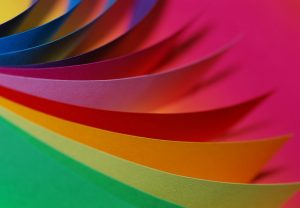If you’d look closely, every television show, music video or movie has their distinctive tone or feel. To untrained eye, it seems nothing. However, to those who are in the industry, it’s consistent on the entirety of the shift and/or presentation for a more effective and engaging storytelling.
Color palette is otherwise called as the tone and mood.
To become successful in filmmaking, this is a big deal and being able to understand how colors are affecting viewers dictates the overall impact of the project. Underwhelming color options will most likely result in missed opportunities.
It’s more than what Meets the Eye

This may seem to be a pretty easy subject but believe me, it is easier said than done. Things get a bit more technical from here. In fact, this is one of the reasons why producers, directors and other professionals in this field are required to undergo drug test to ensure that they are on their right mind and can execute the job expected from them.
It’s exactly the reason why they’re thoroughly checking interested staffs if they’ve gone through drug test the proper way or if they’ve used my go-to synthetic urine it to fake the results. Regardless, they’ll find it out eventually.
Color Sets the Atmosphere and Mood
Now assuming that everything is all set and fine, let us now talk about color archetypes and how it’ll affect your job as a filmmaker. For your information, these color archetypes are heavily used in stimulating audience for branding of foods, clothing lines, automotive makers, electronic companies and whatnot.
- Red – as what most know, red is an intense color. It stimulates hedonism and sexuality. Using too much of red may make a person feel angry and a little of it could be weak.
The color can also be used to signify energy, drama, passion, bravery & determination
- Green – it encompasses optimism and mental clarity, inspires hope as well as generosity of spirit that’s not felt from other colors. It is also used to represent prosperity and judgment.
Green connotes organic, gentle, earthy, restful, secure and fresh.
- Black – on the subject of color psychology, black provides protection, hides vulnerabilities, insecurity and even the lack of self confidence. It can also imply self-control, discipline, seriousness and somber attitude.
If you want to reverberate sophistication, power, mystery, seriousness and artistry in your work, then use black sparingly.
- White – typically associated with purity, light, goodness and innocence and not to mention, peace, faith and transcendent.
- Violet – more often than not, it’s associated with royalty. This color is used to symbolize ambition, luxury, nobility, power, extravagance and wealth. Further, it denotes wisdom, dignity and respect. Smart use of purple can strike magic, mystery and creativity.
